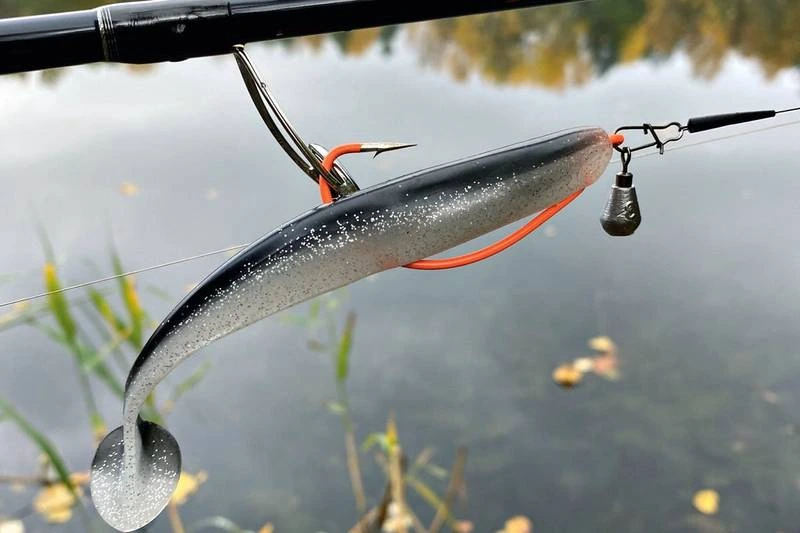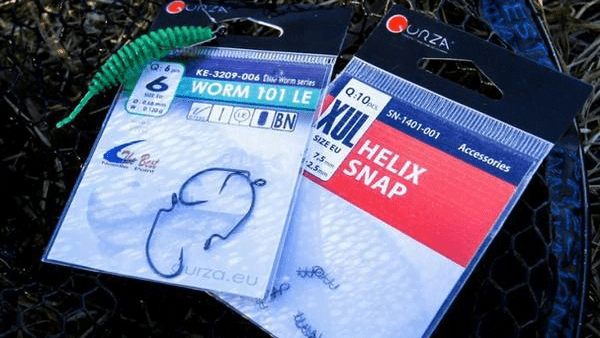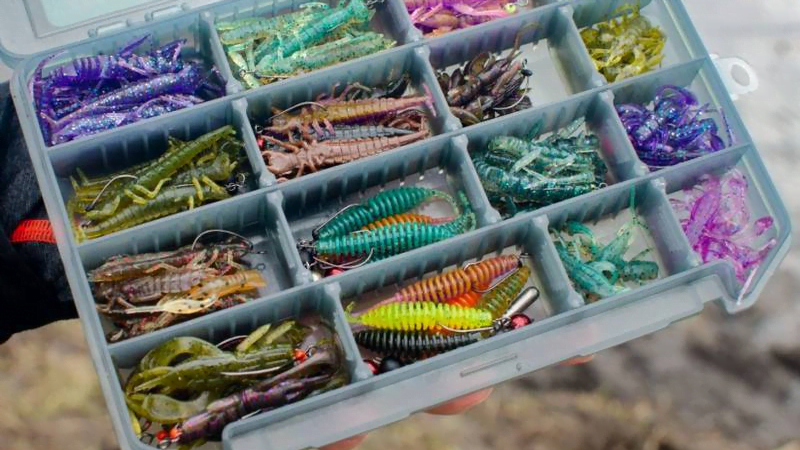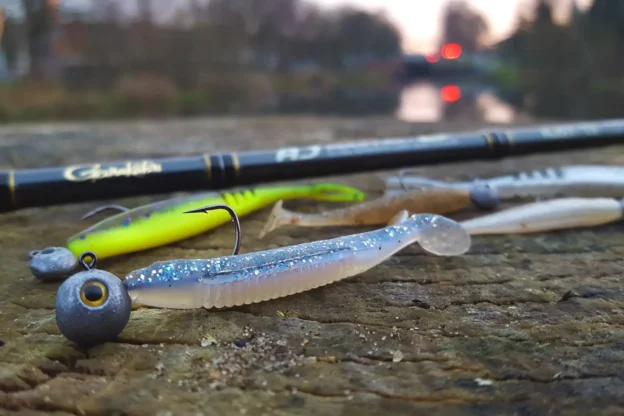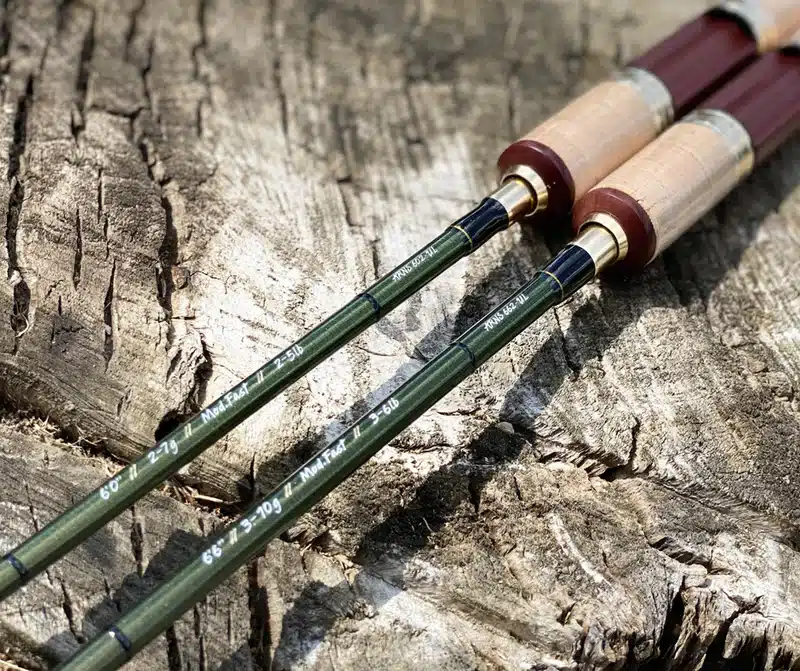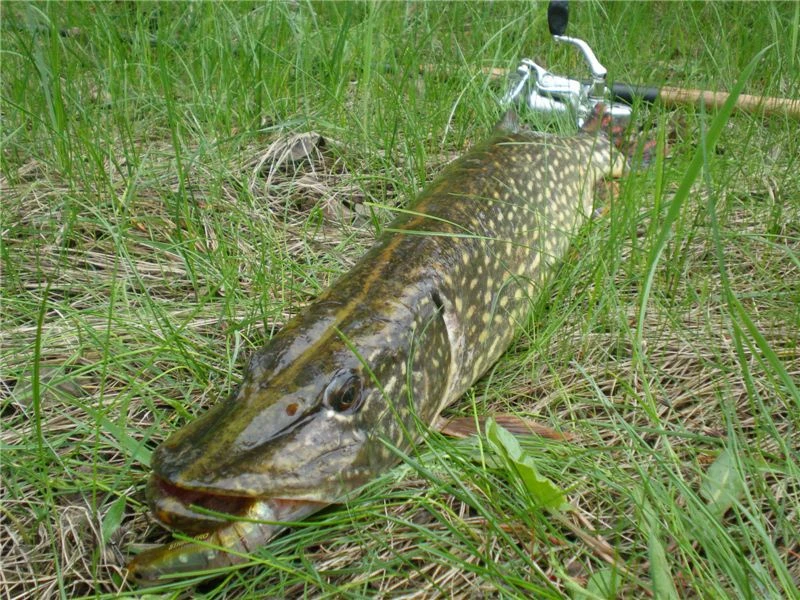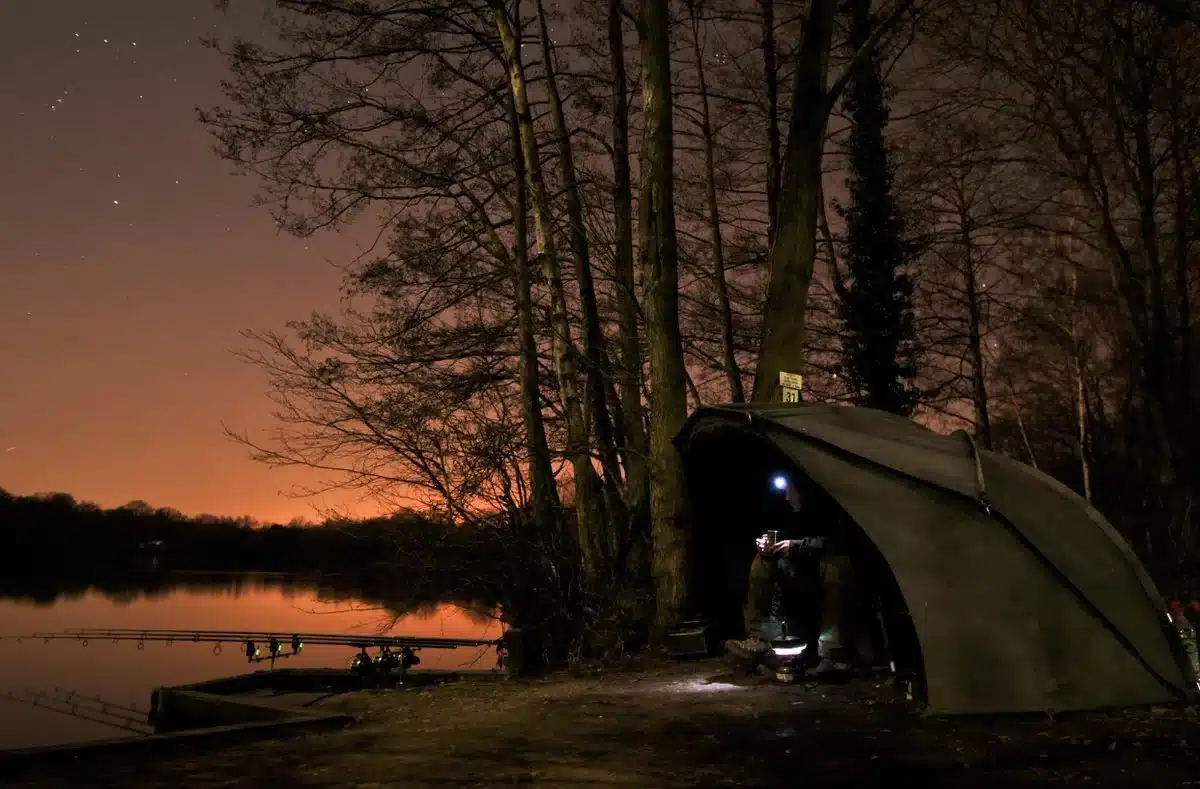Jig-rig – spiningavimo įranga, susidedanti iš pailgo svarelio ir kabliuko su silikoniniu masalu, uždėtų ant karabino.
Sistemėlė buvo išrasta JAV, ešeriams gaudyti, ir leido žvejoti tankiuose dugninės žolės tankumynuose ir užtvindytų medžių lajose.
Mūsų šalyje ši sistemėlė naudojama ešerių, lydekų, starkių žvejybai ant stipriai uždumblėjusio dugno, ant smiltainio ir kriauklių. Žvejojant tokiose vietoje jig-rig sistema leidžia sumažinti užsikabinimų ir nutraukimų skaičių. Taip pat padidinti kibimų skaičių.
Jig-Rig sistemėlės privalumai
Sistemėlė turi daug privalumų, palyginti su kitų tipų įtaisais:
- Užmetimas – dėl mažo aerodinaminio pasipriešinimo metimo metu pasižymi puikiomis skrydžio savybėmis.
- Mažiau užsikabinimų už kliuvinius – žvejojant rezervuaruose, kurie apaugę smulkia augmenija ar dumblinu dugnu, turi geresnį „pravažumą” ir sumažina tikimybę įsodinti masalą į kliuvinį.
- Didelis galimų pravedimų skaičius – leidžia žvejojant naudoti įvairius masalo pravedimo būdus: stop’n’go, tolygų, tempti dugnu, su trūkčiojimu, galima masalo animacija vietoje ir t.t.
- Lengvas montavimas – skiriasi nuo daugelio kitų dėl savo lengvo montavimo, kurį gali lengvai atlikti net pradedantysis žvejys.
Jig-Rig trūkumai
Su visais savo pranašumais, turi ir keletą trūkumų:
- Nefiksuotas kabliukas – masalas sistemėlėje nėra pritvirtintas ir laisvai juda ant karabino, dėl to padaugėja tuščių kibimų.
- Sunkiau atlikti pravedimą – svarelio svoris ir forma stipriai įtakoja sistemėlės veikimą. Per pauzę netinkamai parinktas svarelis gali nukristi ant masalo arba nuversti masalą ant šono ir jis tinkamai nedirbs.
Jig-Rig sistemėlės montavimas
Ant karabino
Svarelis su masalu tvirtinami tiesiai prie karabino, nenaudojant užvedimo žiedų.
Tvirtinimas ant karabino atliekamas tiesiai ant tvenkinio ir leidžia greitai pakeisti svorį ar kabliuką su masalu. Toks montavimo būdas yra labai paprastas ir dažniausiai naudojamas Jig-Rig žvejyboje.
Ant užvedimo žiedo
Su šiuo montavimu prie žiedo tvirtinamas svarelis ir kabliukas su masalu, prie to paties žiedo tvirtinamas karabinas
Pritvirtinus ant žiedo, kabliukas su masalu turi daugiau laisvės, o tai užtikrina geresnį masalo žaidimą, tačiau tuo pačiu žiedas yra papildomas įrangos elementas, silpninantis jo stiprumą. Montuojant ant žiedo reikia naudoti pagalbinį įrankį ir geriausia tai padaryti iš anksto namuose.
Jig-Rig svareliai
Naudojami įvairių formų svareliai: lašo, kūgio, banano ar daugiakampio formos. Dažniausiai naudojamos lazdelės, lašo ir banano formos svareliai. Svarelio antgalyje turi būti įmontuotas suktukas.
Dažniausiai naudojami švino arba kuriais atvejais volframo svareliai. Volframo svareliai užtikrina didesnį užmetimo atstumą, nes yra mažesnio dydžio esant tokiam pačiam svoriui.
Svarelio svoris parenkamas pagal masalo dydį ir svorį. Kuo didesnis masalas, tuo didesnis turėtų būti svarelis ir jo dydis. Siaurakūniams masalams naudojamos lazdelės, platiems masalams – lašo formos svareliai.
Jig-Rig kabliukai
Daugeliu atvejų naudojami ofsetiniai kabliukai, nes šios įrangos žvejyba dažniausiai vykdoma rezervuaruose, labai apaugusiuose povandenine augmenija.
Jig-Rig masalai
Žvejojant naudojami tiek aktyvūs, tiek pasyvūs silikoniniai masalai.
Dažniau naudojami pasyvūs silikoniniai masalai (kirmėlės, šliužai, aštuonkojai, vėžiagyviai), kurie leidžia pagauti net pasyvų plėšrūną. Žvejodami pasyviais masalais naudojamas aktyvus pravedimas: trūkčiojimo pavidalu, tempdami masalą dugnu.
Aktyvūs silikoniniai masalai leidžia sugauti aktyvų plėšrūną, taip pat ir ant tolygaus arba stop’n’go pravedimo.
Gerus rezultatus žvejojant rodo plūduriuojantis silikoniniai masalai. Per pauzę tokie masalai imituoją besimaitinančią žuvį ir taip patraukia plėšrūnų dėmesį.
Pravedimas
- stop’n’go – po užmetimo meškeriotojas leidžia masalui nugrimzti į dugną, tada pradeda sukti ritės rankenėlę, padarydamas 2-3 apsisukimus, tada daro pauzę 2-5 sekundes.
- Vienodas pravedimas – po užmetimo meškeriotojas nuolat suka ritės rankenėlę vidutiniu arba dideliu greičiu, o masalas tolygiai juda vandens tankmėje arba šalia dugno.
- Vilkimas dugnu – užmetęs meškeriotojas leidžia masalui nugrimzti į dugną, nuleidžia meškerės galą apačion prie vandens ir pradeda lėtai sukti ritės rankenėlę. Taip masalas velkasi dugnu pakeldamas dumblą. Masalo tempimas dugnu gali išprovokuoti net pasyvų plėšrūną.
- Žaidimas vietoje – yra efektyvus gaudant plėšrūną, besislepiantį tarp kliuvinių, duobėse ir povandeninės augmenijos tankmėje. Meškeriotojas priverčią masalą judėti trumpais atstumais su meškerės galiuku.
